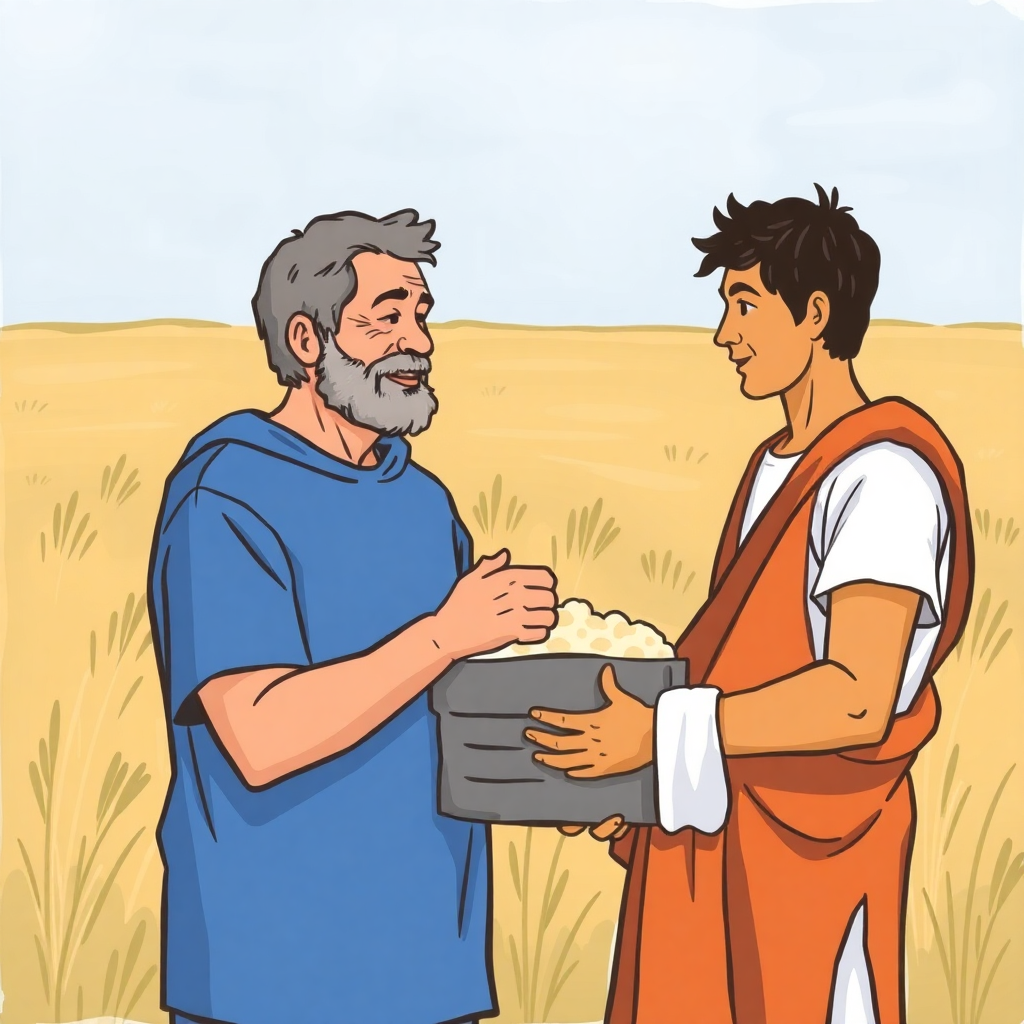The Parable of the Good Samaritan: A Timeless Lesson in Compassion
The parable suggests that true goodness isn't determined by religious position, ethnic background, or social status, but by one's willingness to act with compassion when confronted with human suffering.
Few parables have captured the human imagination quite like the story of the Good Samaritan. Found in the Gospel of Luke, this brief yet powerful narrative was told by Jesus in response to a lawyer's question about eternal life and the meaning of loving one's neighbor. What began as a theological discussion became one of history's most enduring lessons about compassion, mercy, and the true nature of human goodness.
The parable tells of a man traveling from Jerusalem to Jericho who falls victim to robbers. They strip him, beat him, and leave him half-dead on the roadside. Two religious figures—a priest and a Levite—see the wounded man but pass by on the other side of the road, avoiding him entirely. Then comes an unlikely hero: a Samaritan, a member of a group despised by the Jewish people of that time. This Samaritan not only stops to help but goes above and beyond, binding the man's wounds, taking him to an inn, and paying for his care.
Breaking Down Cultural Barriers
To understand the radical nature of this story, we must appreciate the historical context. Samaritans and Jews harbored deep mutual animosity rooted in centuries of religious and ethnic conflict. For Jesus's Jewish audience, making a Samaritan the hero of the story would have been shocking and even offensive. The priest and Levite, representing the religious establishment, would have been expected to be the compassionate figures in any traditional narrative.
By flipping these expectations, Jesus challenged his listeners to reconsider their prejudices and expand their definition of righteousness. The parable suggests that true goodness isn't determined by religious position, ethnic background, or social status, but by one's willingness to act with compassion when confronted with human suffering. The Samaritan's ethnicity, far from disqualifying him from moral action, becomes irrelevant in the face of his merciful response to need.

The Cost of True Compassion
What makes the Samaritan truly "good" isn't merely his decision to help, but the extent of his sacrifice. He doesn't just offer quick first aid and move on. Instead, he uses his own supplies, places the wounded man on his own animal, takes him to lodging, and commits his own financial resources to ensure continued care. He even promises to return and pay any additional expenses.
This level of involvement comes at personal cost—time, money, inconvenience, and even potential danger. The Samaritan has no guarantee that he won't face the same robbers on his journey, yet he chooses to remain vulnerable rather than prioritize his own safety and schedule. His compassion is both spontaneous and sustained, immediate and ongoing.
Lessons for Modern Life
The parable's relevance extends far beyond its historical setting. In our interconnected yet often fragmented world, we regularly encounter opportunities to be either the priest and Levite who pass by, or the Samaritan who stops to help. The story challenges us to examine our own responses to human need and suffering, whether in our immediate communities or across the globe.
Modern "good Samaritan" laws, which protect those who assist others in emergency situations, demonstrate how deeply this parable has influenced our legal and moral frameworks. Yet the story calls us beyond legal obligations to a more profound transformation of heart—one that sees every person in need as our neighbor, regardless of their background, circumstances, or perceived worthiness.
The parable also speaks to the nature of genuine religious practice. The priest and Levite, despite their religious roles, miss the essential point of their faith: love in action. Their adherence to religious duties becomes meaningless when divorced from compassion for human suffering. True spirituality, the parable suggests, is measured not by ritual observance but by merciful response to need.
A Call to Action
Perhaps most importantly, the Good Samaritan parable is not merely a story to admire but a call to imitate. When Jesus concludes by telling the lawyer to "go and do likewise," he transforms the narrative from entertainment into instruction, from observation into participation. Each of us faces the choice daily: will we cross to the other side of the road when we encounter human need, or will we stop, engage, and sacrifice for the welfare of others?
In a world often divided by the very barriers the parable seeks to break down—race, religion, nationality, and class—the Good Samaritan remains a beacon of hope. It reminds us that our common humanity transcends our differences and that love, expressed through action, has the power to transform both giver and receiver. The question is not whether we will encounter opportunities to be good Samaritans, but whether we will recognize and respond to them when we do.